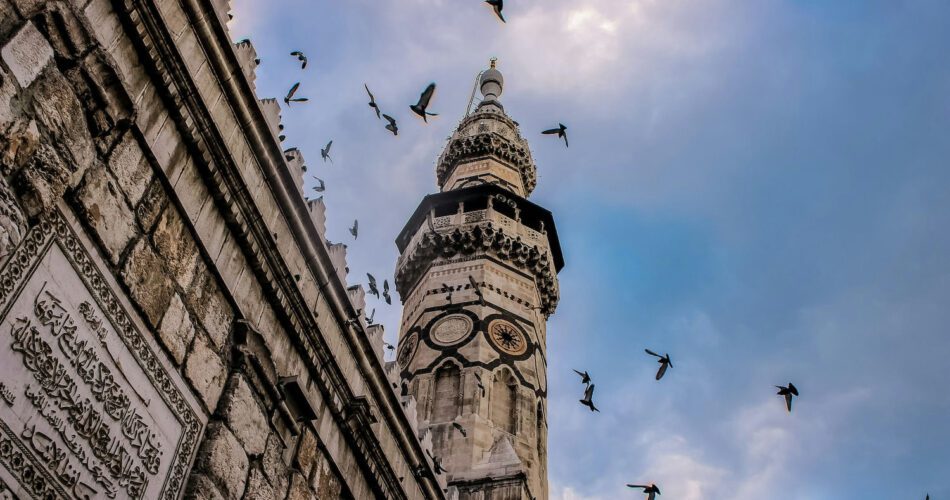Syria is a fascinating destination due to its rich history and diverse culture. Check this article and find the most interesting facts about Syria.
A sovereign state in southwestern Asia, on the eastern shore of the Mediterranean Sea. Its borders encompass the Golan Heights, which Israel has occupied since 1967. Ancient Syria was the fertile strip of land between the arid eastern Mediterranean coast and the mountainous interior of modern-day Saudi Arabia, but its borders do not match those of ancient Syria. Damascus (Dimashq) is the nation’s capital and a city on the Barad River in an oasis at the base of Mount Qsiyn.
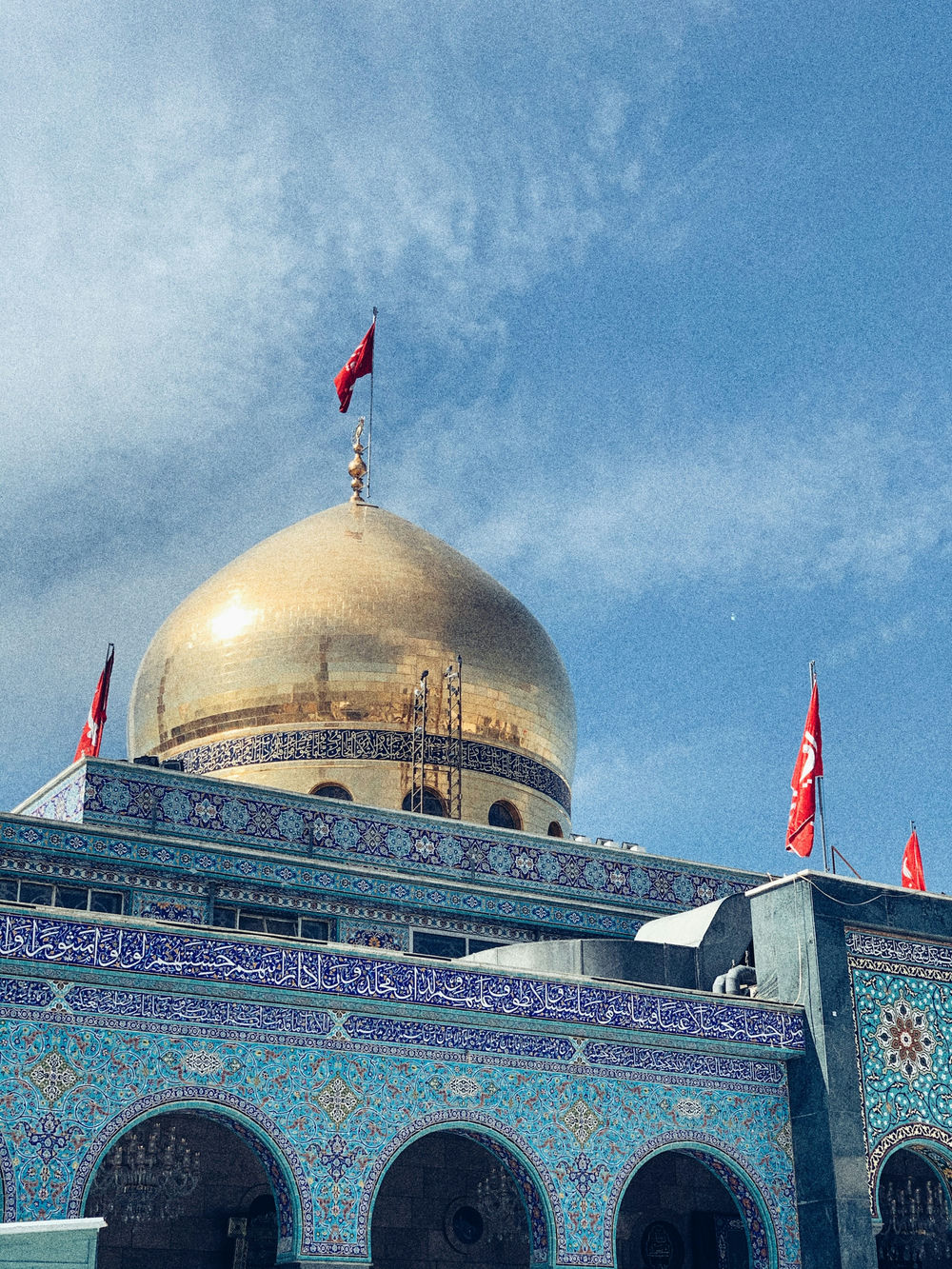
110 Aqraba Syria
Damascus is the capital and largest city of Syria. As such, it can be considered among the world’s oldest urban centers. This city’s age is estimated to be between 4.5 and 10 thousand years old. Jericho, in Palestine, is the only city that can make that claim. The city’s housing stock includes structures over 400 years old, and the biblical Direct Street makes an appearance. Syria is also notable for other reasons.
Syria is the birthplace of a great deal of religious movements, cults, and sects. This is true whether you identify as Christian or Muslim. People who practice esoteric forms of Islam outnumber Christians by a factor of two to one. The President and other Alawites believe they were legitimately elected to their positions and do not believe in forcing others to convert to their faith. Two weeks out of the year, adherents of this Islamic religious movement fast and abstain from alcohol. Even though the first people to adopt Christianity were Assyrians, Christians here face severe oppression. Their offspring are the current residents of the land they once ruled. Some of Syria’s most fascinating history will be shared with you.
Syria is a country in the Middle East that has been wracked by conflict since 2011. This conflict has brought a lot of disaster to the people of Syria as well as to its neighbours. It has also caused huge damage to the economy of Syria and its neighbours. .The war in Syria has caused the country to be split into various factions and states. The eastern parts of Syria, which is also home to most of the Syrian people and whose economy is mostly based on agriculture, have been experiencing conflict for decades now. But ever since the war in 2011, this area has become a tense conflict zone that has seen many different groups fighting against one another.
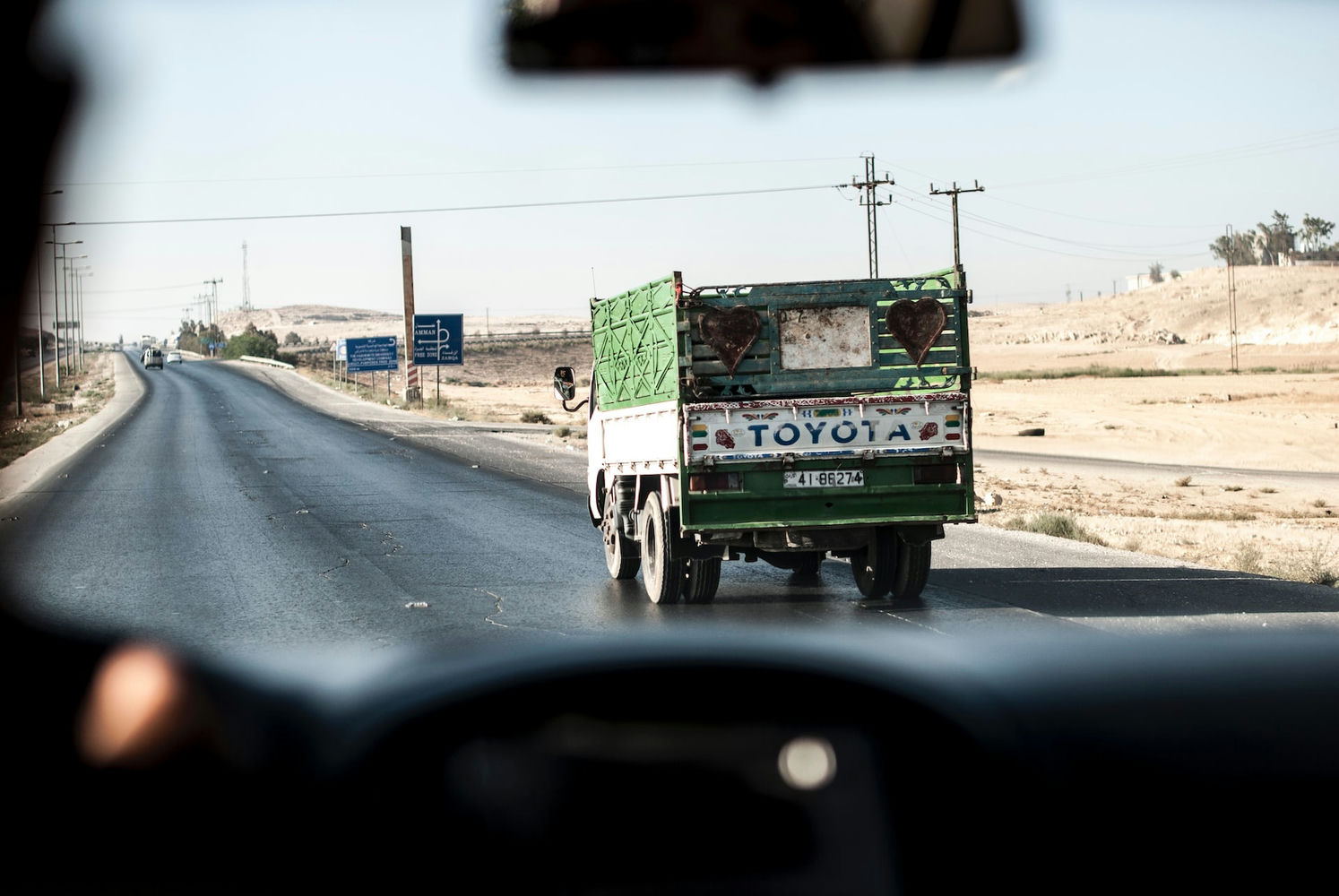
Syrian border
9 The Most Interesting Facts About Syria
Invasion of Deraa
In Deraa, the epicenter of the 2011 uprising, the Turkish governor allegedly brutally beat and sexually abused TE Lawrence (aka “Lawrence of Arabia”) when he was captured in 1917 while conducting covert reconnaissance for the British. Lawrence’s alleged masochistic tendencies were awoken as a result of this event, which led him to pay other members of the military to beat him.
Ambitions of the Kurds
The Syrian government has long attempted to Arabize the country’s Kurdish minority, who make up a marginalized but estimated 10% of the population. Many Kurds, including those in Turkey, Iraq, and Iran, hope one day to establish their own sovereign nation. Even though the regime consistently denies that ethnicity is a factor in Syria’s problems, periodic outbreaks of Kurdish discontent continue to plague the country.
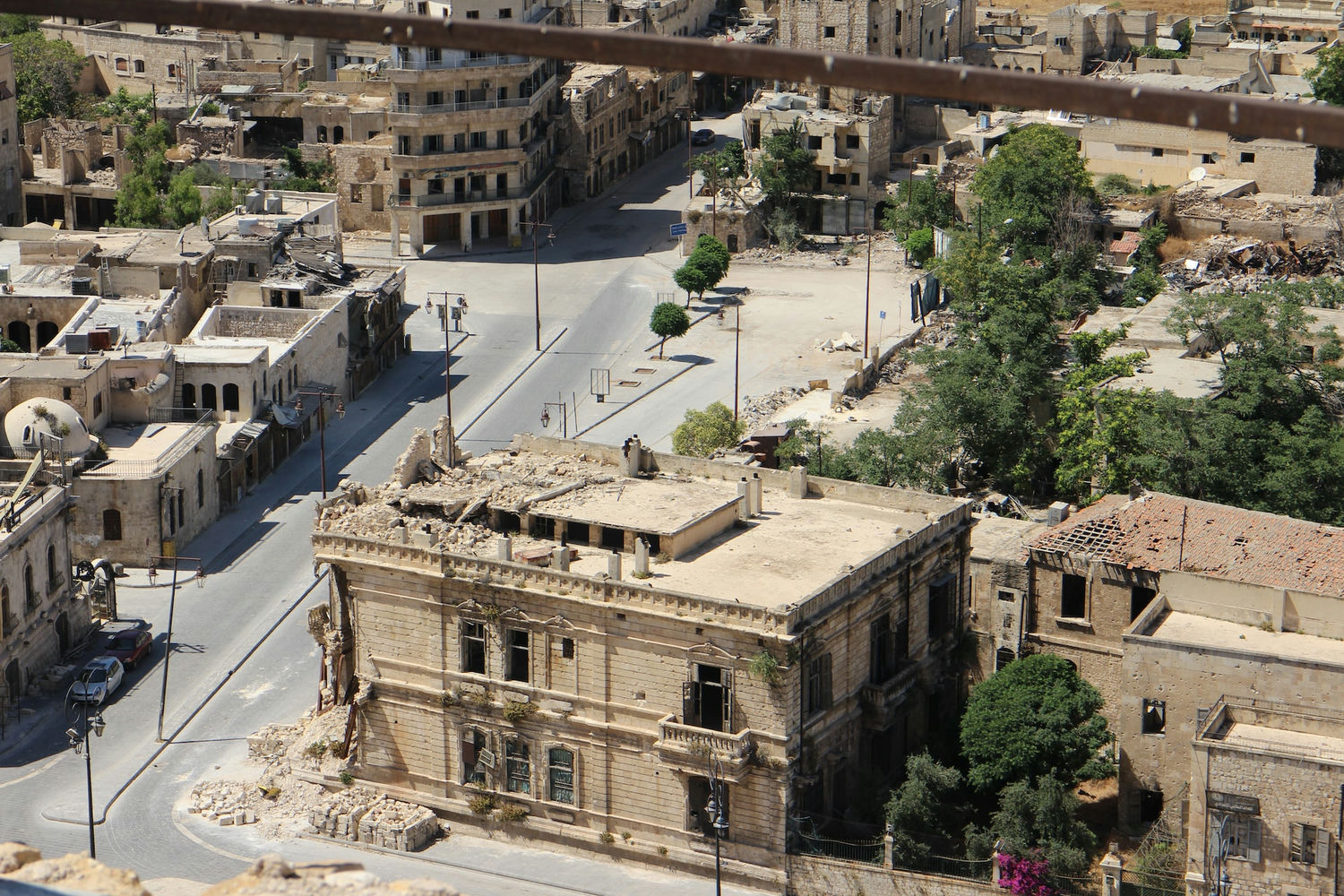
Aleppo, Syria
Alawites and their faith
Alawites are a mysterious religious group, generally thought of as a branch of Shia Islam. Despite being a statistically insignificant group in Syria, the president’s family and other members of the inner circle exert disproportionate influence over the government. It is estimated that about 74% of Syrians are Sunni Muslims, 13% are Shia Muslims (including Alawites and Ismailis), 10% are Christians, and 3% are Druze. Though Jewish communities in Syria date back centuries, only a handful of Jews remain there today.
Business corruption
The socialist Syrian regime is rife with corruption and crony capitalism, especially among the president’s own family. Rami Makhlouf, Assad’s cousin, was sanctioned by the US Treasury in 2008 for “improperly benefiting from and aiding the public corruption of Syrian regime officials,” and as a result, he has been a frequent target of protesters.
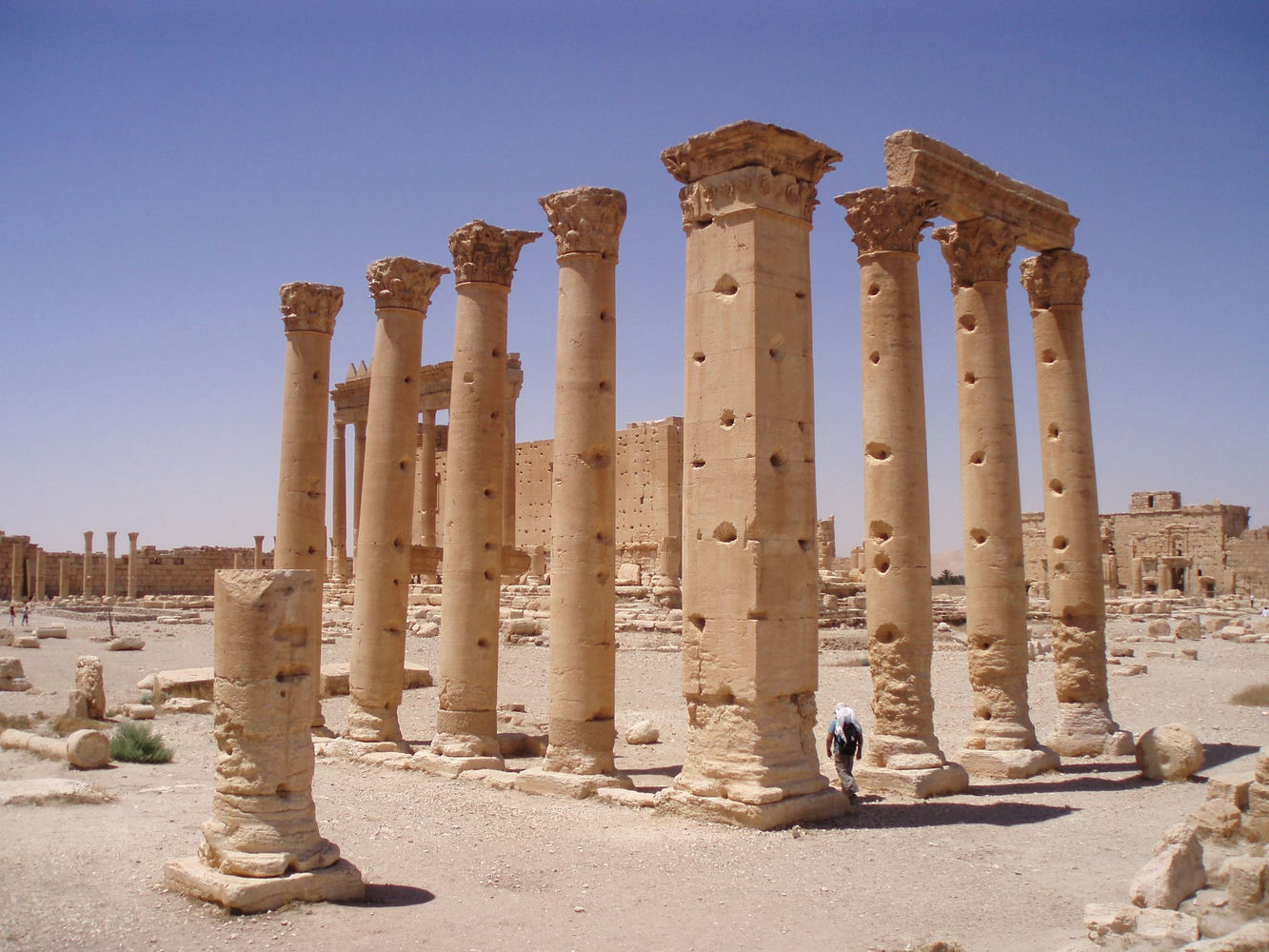
Palmyra, Syria
Spinning silken threads
There was a time when Damascus was a major hub for the textile industry. The ancient method of weaving intricate patterns into fabric known as “damask” is named after the city of its origin.
Visitors from the Shia faith
Many Iranian Shia make the journey to Syria to worship. A large number of people pay their respects at Sayidda Zeinab’s shrine in Damascus (granddaughter of the prophet Muhammad and daughter of Ali, the fourth caliph). There is a long history of religious and cultural exchange between Syria and Iran, and the two countries continue to view each other as staunch opponents of American and Israeli influence in the region.

Aleppo Syria
Lebanese and Syrian
Given its predominantly Christian population, the French mandate separated Lebanon from neighboring Syria in 1943. It is common for Syrian officials in Damascus to view Lebanon as still being within Syria’s traditional sphere of influence. Syria’s military helped stabilize Lebanon after the civil war that lasted from 1975 to 1991, but the country also heavily meddled in Lebanese politics.
Syria, widely blamed for the 2005 assassination of Lebanese Prime Minister Rafik Hariri, withdrew its troops in the face of protests and diplomatic pressure. The influence of Syria persists, however, and Lebanese politics remains split between the pro-Syrian “March 8” camp and the “March 14” camp supported by Saudi Arabia and the United States.
Formerly known as Greater Syria, the region around modern-day Damascus served as the capital of the Umayyad caliphate beginning in the seventh century. Syria, a smaller modern state bordered by Turkey, Iraq, Jordan, Israel, and Lebanon, was founded as a French mandate following the breakup of the Ottoman empire at the end of World War One. In 1946, it achieved independence from the United Kingdom. Damascus, its capital, is among the world’s oldest continuously inhabited cities.
Zobraziť tento príspevok na Instagrame
Founded in 1947 as a pan-Arab nationalist and socialist “renaissance” movement, the Baath party has dominated Syrian politics since seizing power in 1963. Unity, freedom, and socialism is the party’s motto. The Ba’ath Party, led by President Hafez al-Assad (1971-2000), consolidated central government and brought some stability to the country, but at the expense of human rights. Occupied Golan Heights
Israel won the 1967 Middle Eastern War, and one of its victories was the conquest of the mountainous Golan Heights, which overlook the Sea of Galilee. Part of it was returned after the war in 1973, but returning the rest has been a primary goal of the Syrian regime ever since. Shouting Valley is a place on the ceasefire line where Syrians can use megaphones to call out to loved ones on the other side.
Murders in Hama
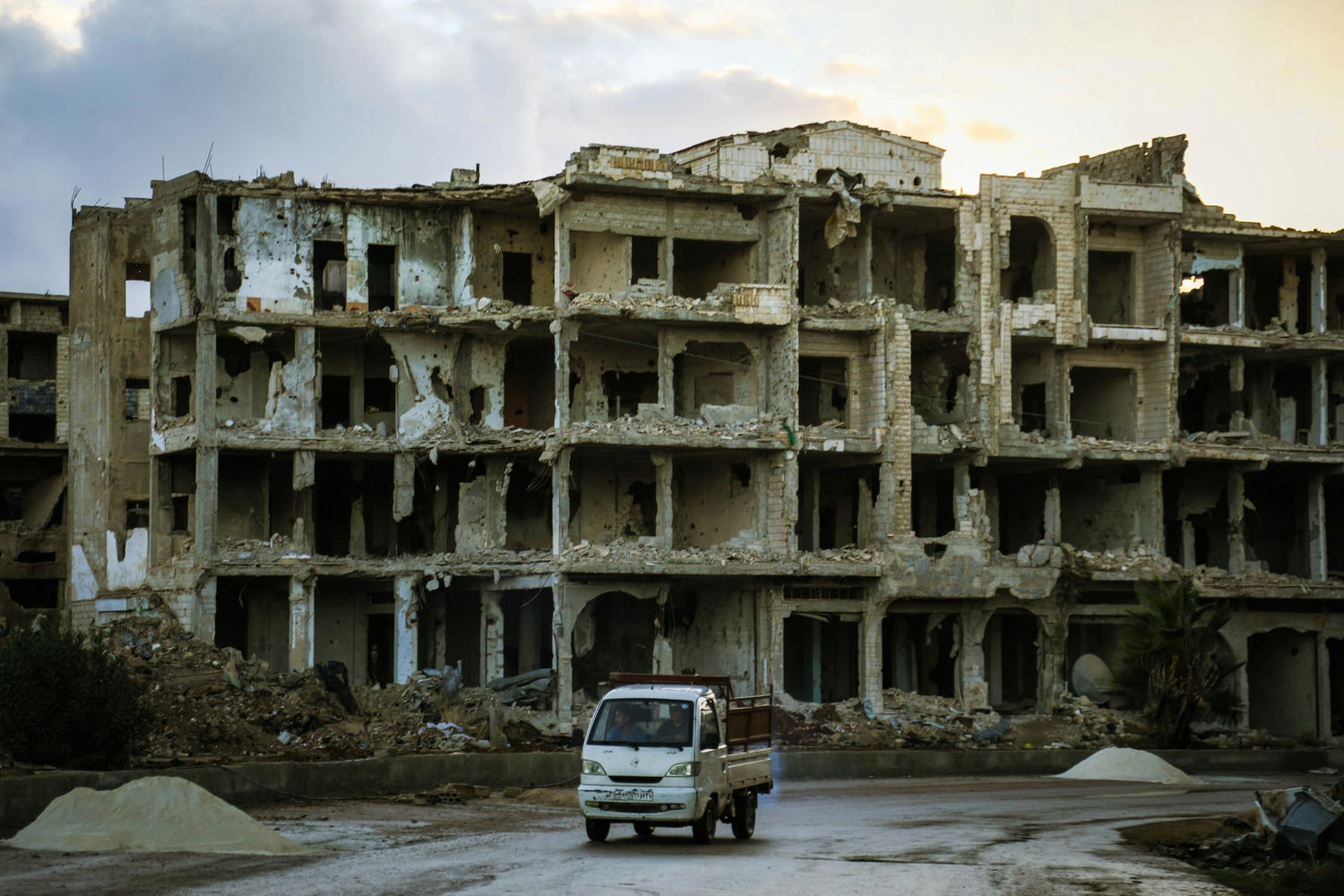
Daraa, Syria
There was an uprising led by the Muslim Brotherhood in the city of Hama in 1982, and Syrian forces responded by launching a brutal assault on the city, killing thousands in the process. The event, which is rarely discussed in public in Syria, continues to haunt those who oppose the regime politically.
Assad, the President
Bashar al-Assad was studying ophthalmology in London in 1994 when his older brother, Basil, the president’s heir apparent, was killed in a car accident. The heir apparent Bashar was called back for training. After his father’s death in 2000, Bashar took over as military leader and Ba’ath Party chairman. As the Syrian constitution stands, however, he is too young to serve as president (he is only 34). With a last-minute change to the age requirement, he was “elected” president in a popular vote. Asma Akhras, his wife, was born in Britain to Syrian parents. Formerly, she was an investment banker at JP Morgan.


